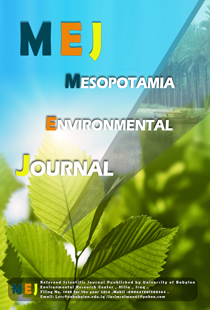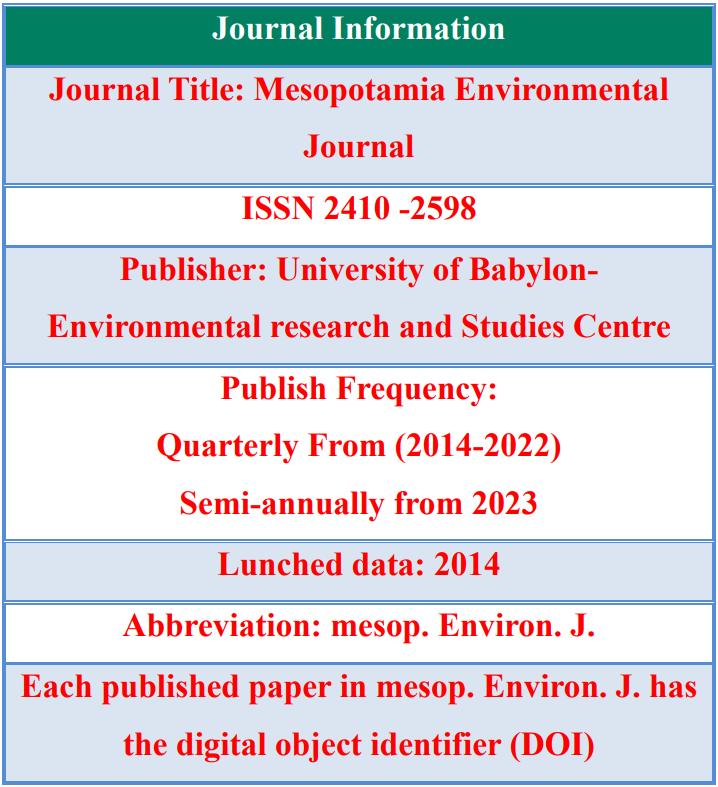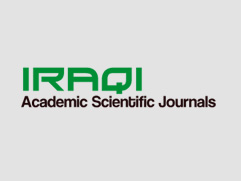Potential efficiency of algae and bacteria in bioremoval of toxic industrial dyes: A review
Keywords:
adsorption, bioremoval, algae, bacteria, azo dyesAbstract
The use of microorganisms in place of physical and chemical treatments is known as bioremediation. In recent years, there has been a lot of interest in bioremediation. Pesticides, heavy metals, poly aromatic hydrocarbons, and azo dyes can all be broken down or mineralized by bacteria into less dangerous or immobile forms.
The employment of microorganisms for color degradation offers various benefits. With equivalent cost-effectiveness, the colors are extensively broken down while using less water and producing less sludge.
Cells that are alive or dead can be employed as biomass for adsorption. One of its drawbacks, which makes waste disposal just as challenging as with conventional physical techniques, is the inability of azo dyes to be converted into non-toxic forms.The algal Numerous functional groups found in cell wall, such as carboxy, carbonyl, hydroxy, phosphoryl, and amide groups, are crucial for the decolorization of dyes. Some algae have the capacity to take up the pigments of chromophores. Due to the enzymes' capacity to change the dyes into H2O and CO2, algal biomass rises,Since azo dyes are commonly found in aquatic habitats, where textile dye effluents are dumped, algal biomass can therefore be used for the potential treatment of azo dyes.Since bacteria have several advantages from a biotechnological perspective, including being quick-growing, possessing a wealth of degradative enzymes, and having the ability to breakdown a variety of colors, they have been the focus of numerous investigations. In order to decolorize and break down dyes, bacteria must produce azoreductases, an enzyme that can cleave the azo link (-N = N-). Furthermore, bacteria are more adaptable than other organisms because they can further reduce or degrade aromatic amines either aerobically or anaerobically. The biological methods that are currently available to remove such colors from the environment are discussed in this study, with an emphasis on the employment of various microorganisms, in particular bacteria and algae, as well as factors affecting microbial growth.
Downloads
Published
How to Cite
Issue
Section
License
Copyright (c) 2025 Mesopotamia Environmental Journal (mesop. environ. j) ISSN: 2410-2598

This work is licensed under a Creative Commons Attribution-NonCommercial 4.0 International License.



